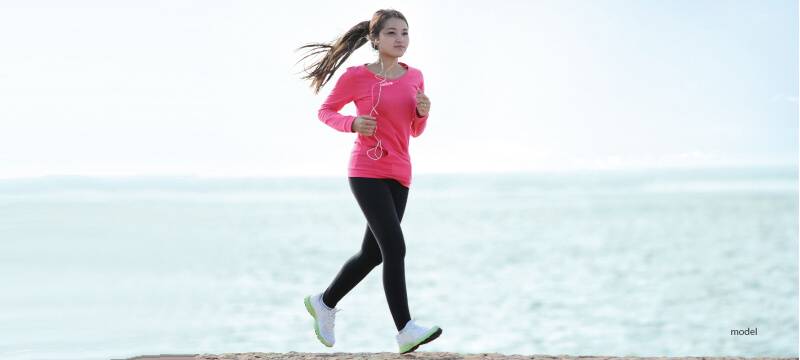Exercising After Botox: What You Should Know

Botox (and other neurotoxins like Xeiomin and Dysport) is the gold standard when it comes to addressing lines and wrinkles without surgery. Treatments are safe and highly effective in keeping skin looking young, smooth and healthy. While Botox requires minimal downtime, with some patients undergoing treatment during a lunch break, most injectors do recommend patients avoid most forms of exercise for 24 hours following treatment. Exercising too soon after Botox can negatively impact your results. Learn why, and when you can safely return to your workouts after cosmetic injectables.
How Exercise Effects Botox Treatment Areas
Undertaking strenuous exercise immediately after Botox can reduce the effectiveness of the procedure, leading to less-than-ideal results. The act of exercising:
- Puts Pressure on the Treatment Area
Excessive pressure in the treatment area can cause Botox to migrate from the area in which it was injected. This not only includes pressure from cycling helmets, swim or ski goggles, but the pressure of wiping sweat from your face.
- Increases Blood Flow
Increased blood flow can dilute the injectable or whisk it away from the treatment area, minimizing its effectiveness. An increase in heart rate makes your blood pump faster, but gentle activity such as yoga can also increase blood flow to the head whenever you’re inverted.
- Causes Too Much Movement in the Face
Even moderately impactful exercise like jogging causes movement in your facial muscles. During strenuous exercise you may find yourself breathing through a wide-open mouth, or forcibly exhaling.
What Can Go Wrong?
Any of the above, too much facial pressure, an increase in blood flow, or excessive facial movement can cause less than desirable results.
- Increased Swelling & Bruising
Excessive movement and increased blood flow make you more likely to swell and bruise after treatment, and increase the length of time it takes for these side-effects to subside.
- Reduced Effectiveness
Exercising too soon may cause the injectable to diffuse, which will diminish your expected outcome. If the neurotoxin fails to completely relax the targeted muscles, wrinkles and fine lines won’t be fully eliminated.
- Unintended Nuerotoxin Spread
In the worst-case scenario, migrating neurotoxin may temporarily relax muscles in unintended areas. This can lead to droopy eyelids or asymmetrical facial features.
When is it Safe to Exercise After Botox?
To ensure you get the most out of your Botox treatment, most doctors recommend refraining from exercise for 24 hours after your appointment. Light walking aside, avoid cardio, strength training, and any movements where your head ends up below your heart, including lying down.
In some cases, your doctor might suggest you refrain from strenuous, high-impact movement for one full week following treatment. Its important to follow any instructions provided by your injector and to listen to your body.
Recommended Exercises Following Botox
When you do return to movement, stop if you experience an increase in swelling or bruising, and take care not to put too much pressure on your face.
Within the first 24 hours after your appointment, you may try the following:
- Easy walking at a relaxed pace
- Gentle yoga with no inversions
- Light housework or gardening
- Facial exercises as recommended by your doctor
Exercises to avoid in the first 24 hours include the following:
- Jogging or running
- Cycling, rowing, aerobics or any sweat-inducing cardio
- Weight lifting or strenuous strength training
- Contact sports or activity that puts you at risk for bumps or hits
- Swimming (even without goggles and swim-caps)
- Floor based exercises (yoga, Pilates or ab-work)
Getting the Best Botox Results
Getting the best results from your Botox treatment isn’t dependent on your doctor alone. By resting and following your doctor’s advice, especially within the first 24 hours following injection, you’ll get the best (and longest lasting) results.
Disclaimer: The contents of the Westlake Dermatology website, including text, graphics, and images, are for informational purposes only and are not intended to substitute for direct medical advice from your physician or other qualified professional.
